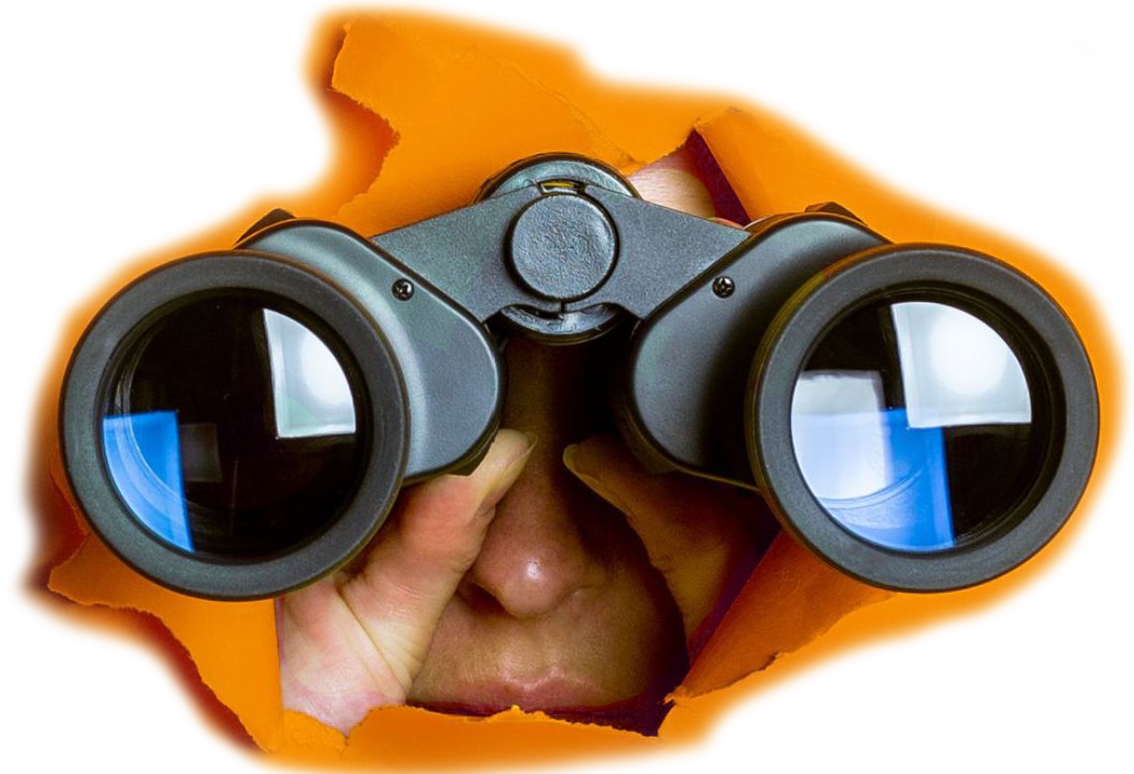Whether your website is brand new or has been online for years, improving your search engine optimization (SEO) is crucial for growing your organic traffic and reaching more customers. On-page SEO plays a vital role in how search engines understand and evaluate your content.
From optimized titles and meta descriptions, to keyword-rich content and proper internal linking structure, the on-page elements you can control have a significant impact on your search engine ranking.
In this post, we’ll reveal the must-use on page SEO best practices that make a difference. We’ll explore tried-and-true techniques like keyword research, optimizing headings and images, and creating relevant internal anchor text.
By implementing the strategies on how to do on page optimization, you can enhance user experience while also improving discoverability through search engines. Are you ready to take your site to the next level? Let’s get started with maximizing on-page SEO best practices.
Optimize Page Titles for Target Keywords and Search Intent
When it comes to on page SEO best practices, optimizing page titles for target keywords and search intent is at the top of the list.
By doing so, you’re not only informing search engines what the page is about but also helping users find what they’re looking for. But how to do on page SEO? It involves a variety of SEO on page activities such as:
- Conducting keyword research
- Creating high-quality content
- Optimizing images and meta descriptions
However, page titles hold a significant weight in SEO and should not be overlooked. Make sure to use relevant keywords and write titles that accurately reflect the content on the page.
By doing these simple steps, you can effectively improve your website’s search engine rankings and increase organic traffic.
Write Compelling Meta Descriptions
The process of optimizing your website for search engine ranking can seem daunting, but on page SEO best practices can make a tremendous difference.
Among on-page SEO best practices and strategies, one key component is crafting effective meta descriptions that draw searchers in and communicate the value of your content creation. To achieve the desired rankings, Meta descriptions should be:
- Unique for each page
- Accurately reflect the page’s topic
- Incorporate targeted keywords
By understanding how to do on page optimization and giving careful attention to meta descriptions, you can improve your website’s visibility and drive more traffic to your content.
Optimize Headings, Subheadings, and Image Alt Text
When it comes to on page SEO best practices, optimizing headings, subheadings, and image alt text are crucial components.
These elements not only guide readers through your content but also provide search engines with a clear understanding of what the page is about. Best SEO on page activities means:
- Strategically using header tags
- Including relevant keywords and phrases in subheadings
- Providing descriptive and keyword-rich alt text for images
With the right implementation of these tactics, your content will become more search engine-friendly, increasing its chances of ranking higher in search results.
So, if you’re wondering how to do on page optimization right, optimizing headings, subheadings, and image alt text is a great place to start.
Create Keyword-Optimized Internal Linking
One of the most crucial on-page SEO best practices is internal linking, and creating keyword-optimized internal links is vital to the success of your website’s SEO on page activities.
Internal linking helps search engines understand the hierarchy and structure of your website, and it also helps users easily navigate through your content.
By ensuring that your internal links include targeted keywords, you can enhance the relevance of your content to search queries. To get the most out of your internal linking strategy, be sure to:
- Choose relevant keywords
- Use anchor text that indicates the linked page’s content
- Create a logical linking structure throughout your site
Understanding how to do on page SEO in terms of internal linking is essential for any website owner seeking to improve their site’s visibility and authority.
Publish High-Quality, Keyword-Rich Content Regularly
If you’re looking to improve your website’s search engine rankings, publishing high-quality, keyword-rich content regularly is a must. To ensure your content is optimized for search engines, it’s important to follow SEO on page activities. This includes activities such as:
- Incorporating relevant keywords into your content
- Optimizing your page titles and meta descriptions
- Using header tags to organize your content
- Including internal links to other pages on your site
By implementing these strategies on how to do on page optimization, you can improve your website’s visibility and attract more traffic from search engines. Don’t know how to do on page SEO? Don’t worry, there are plenty of resources available online to help guide you through the process.
Monitor and Improve SEO With Analytics
As businesses strive to increase their online visibility, implementing effective on page SEO best practices has become increasingly important.
With SEO on page activities being a crucial element in driving organic traffic, understanding how to do on page SEO is essential for any website owner looking to stand out in today’s crowded digital space.
Fortunately, with the help of analytics tools, monitoring and improving SEO performance has become much simpler. Website owners can gain valuable insights into their website’s performance and identify areas for improvement by analyzing key metrics, such as:
- Organic traffic
- Bounce rates
- Backlinks
By leveraging analytics to optimize on-page SEO best practices, businesses can significantly improve their search engine rankings, drive more traffic to their site, and ultimately increase conversions and revenue.
In conclusion, learning how to do on page SEO is a crucial aspect of any successful digital marketing strategy. By understanding how to do on page optimization best practices and implementing them on your website, you can significantly boost your online presence and increase organic traffic.
It all starts with optimizing your page titles for target keywords and aligning them with user search intent. Remember to conduct thorough keyword research to uncover relevant and valuable terms to include in your content.
Additionally, make sure to optimize headings and images, as these elements not only improve SEO but also enhance the overall user experience. And don’t forget about the internal linking structure.
With the on-page SEO best practices and strategies in place, you can expect to see notable improvements in your search engine ranking and ultimately, more visibility and conversions for your brand. So why wait? Implement these techniques and take your website to new heights of success!




